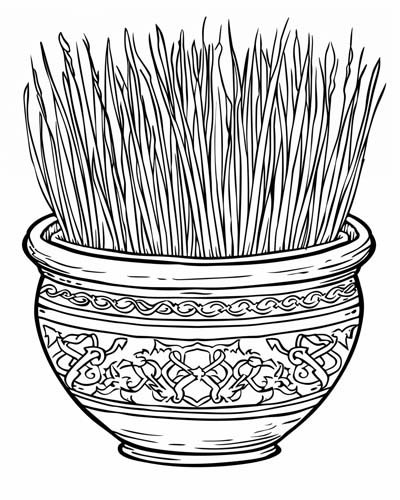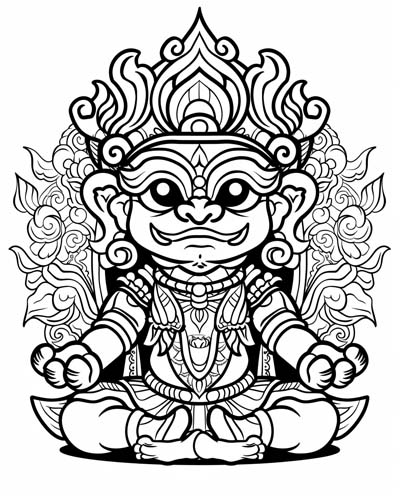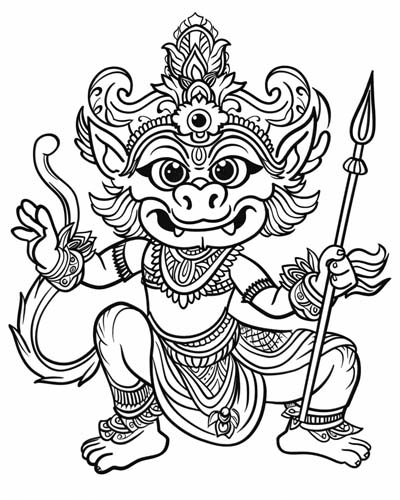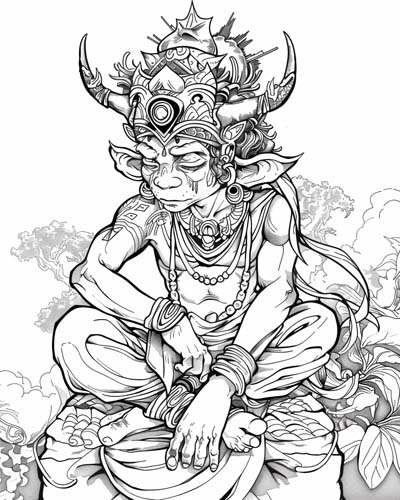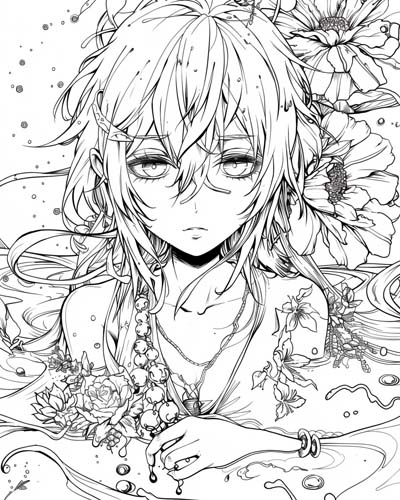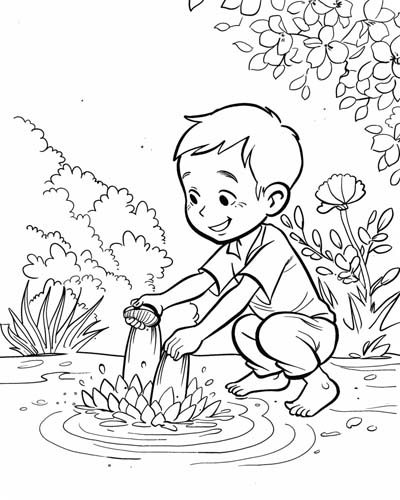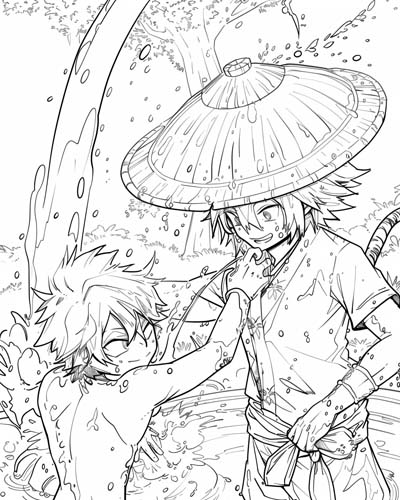Leanne's Printable Coloring Pages for Kids
New Year's from Different Cultures Coloring Pages
Chinese New Year (Lunar New Year)
Also known as Spring Festival, this celebration marks the beginning of the lunar new year in late January or early February. Traditions include dragon and lion dances, red envelopes containing money, and a reunion dinner with family.
Diwali (Hindu New Year)
Though primarily known as the Festival of Lights, Diwali also marks the beginning of the new year for many Hindus. Celebrated with fireworks, the lighting of oil lamps, and sweets, it symbolizes the victory of light over darkness and good over evil.
Gregorian New Year
Gregorian New Year (January 1st)
Most of the world celebrates New Year on January 1st, marking the beginning of the new year according to the Gregorian calendar. Celebrations often include fireworks, parties, and making resolutions for the new year.
Nowruz (Persian New Year)
Celebrated on the vernal equinox, around March 21, Nowruz marks the first day of spring and the beginning of the year in the Persian calendar. Customs include setting a Haft-Seen table with seven specific items, each starting with the letter S in Persian, symbolizing rebirth and renewal.
"Sabzeh," one of the items on the Haft-Seen table set during Nowruz, the Persian New Year. Sabzeh consists of sprouted wheat, barley, mung bean, or lentils, and it symbolizes rebirth and renewal, reflecting the new growth of spring.
The Haft-Seen table traditionally includes seven items that start with the Persian letter 'S' (س), each symbolizing hopes for the new year:
- Sabzeh (سبزه) - Sprouted grains representing rebirth and growth.
- Samanu (سمنو) - A sweet pudding made from wheat germ symbolizing affluence.
- Senjed (سنجد) - Dried oleaster fruit symbolizing love.
- Seer (سیر) - Garlic representing medicine and health.
- Seeb (سیب) - Apple symbolizing beauty and health.
- Somāq (سماق) - Sumac berries representing the sunrise and the spice of life.
- Serkeh (سرکه) - Vinegar symbolizing old age and patience.
These items collectively represent wishes for prosperity, health, and happiness in the coming year.
Nyepi (Balinese New Year)
Unique for its Day of Silence, which involves no work, travel, or entertainment, Nyepi is a day for reflection and is observed with various rituals that purify and renew the island and its people.
Nyepi features large, elaborate statues called "Ogoh-Ogoh" which are made from papier-mâché and bamboo and crafted to represent mythological beings or demons known as "Bhuta-Kala." The creation and parade of Ogoh-Ogoh is a significant part of the celebrations leading up to Nyepi.
The Ogoh-Ogoh are meant to embody the negative elements and evil spirits. On the eve of Nyepi, these statues are paraded through the streets in a ritual called the "Ngrupuk" parade. The purpose of this parade is to create noise and commotion, which is believed to drive away these spirits and purify the natural environment.
After the parade, the Ogoh-Ogoh are typically burned in a symbolic act of getting rid of evil and negative influences, purifying the community in preparation for the New Year. This is followed by the Day of Silence (Nyepi itself), which is a day of complete quiet, fasting, meditation, and reflection intended to reset and rejuvenate both the island and its people for the year to come.
Rosh Hashanah (Jewish New Year)
Usually occurring in September or October, this two-day celebration is marked by the blowing of the shofar (a ram's horn), special prayers, and sweet foods like apples dipped in honey to symbolize a sweet new year.
Shogatsu (Japanese New Year):
Shogatsu, or Japanese New Year, is one of the most important and festive holidays in Japan, celebrated with a spirit of renewal and community. Traditionally observed on the first day of January, Shogatsu is a time for families to come together, participate in age-old customs, and welcome the upcoming year with joy and optimism. Homes are decorated with kadomatsu (pine decorations) and shimenawa (straw ropes) to invite good spirits and ward off evil. Special foods, collectively known as osechi-ryori, are prepared with symbolic meanings, and are shared among family members to bring luck and prosperity. The holiday is also marked by the ringing of bells in temples, called Joya no Kane, which rings 108 times to cleanse the 108 worldly desires. Shogatsu is a reflective period, focusing on new beginnings and hopes for a prosperous year ahead, deeply rooted in cultural traditions and familial bonds.
Songkran (Thai New Year)
Held from April 13 to 15, this festival is famous for its water fights, which are a symbol of washing away the sins and bad luck of the past year. It also includes visits to monasteries, prayers, and time spent with family.




